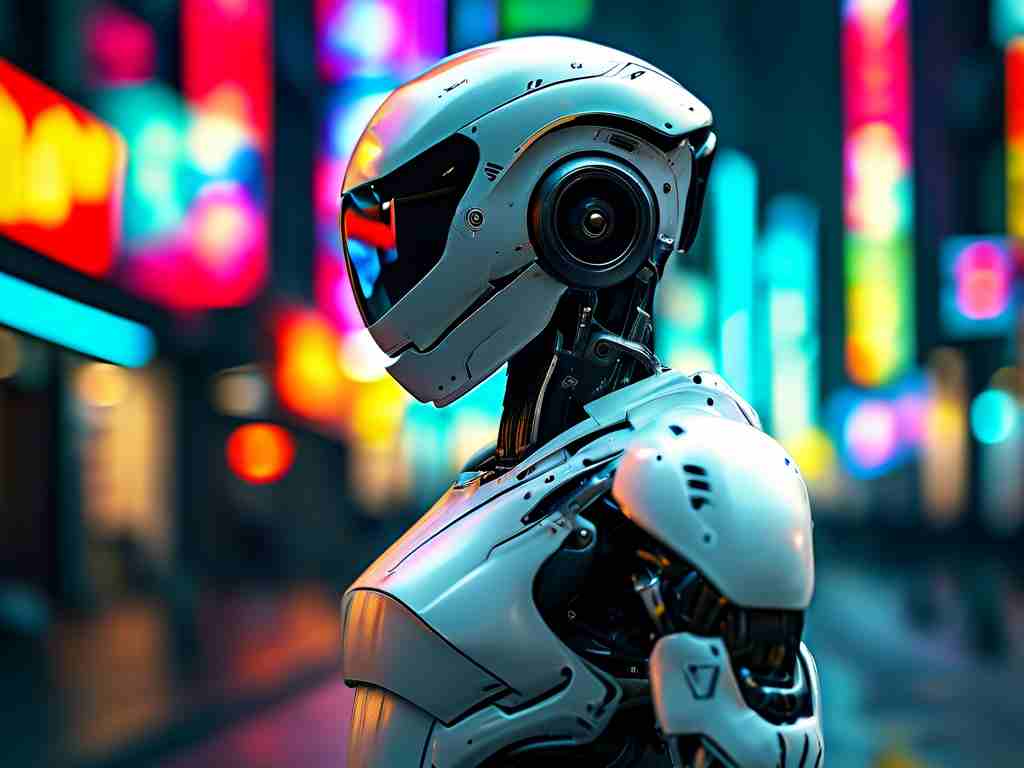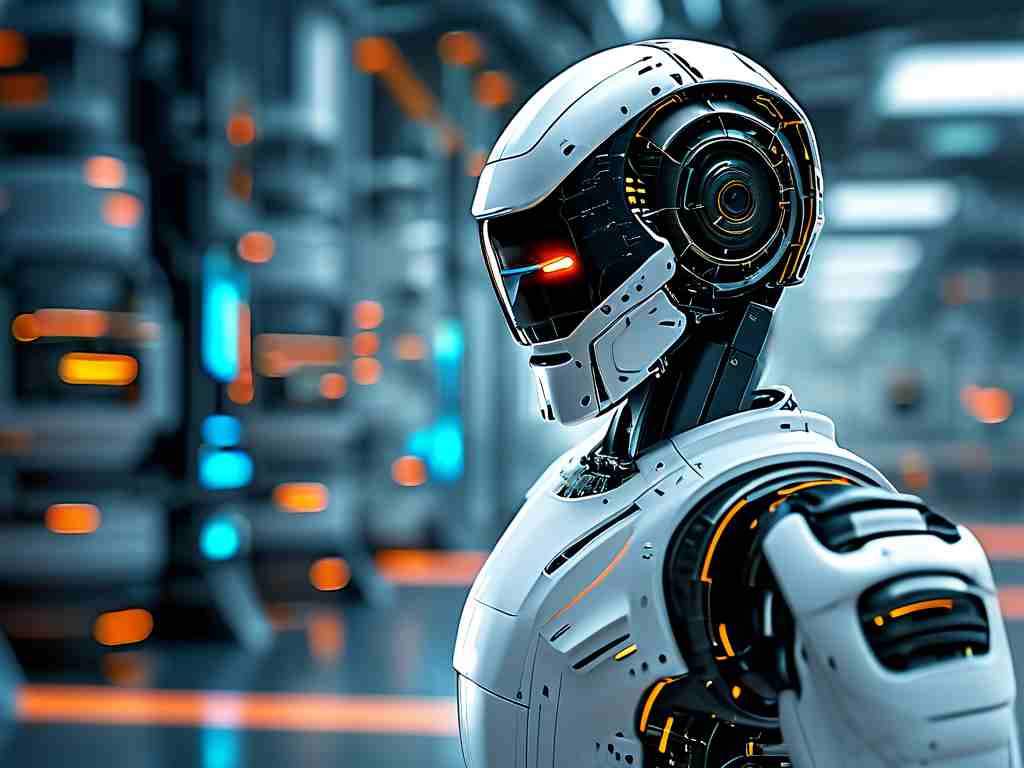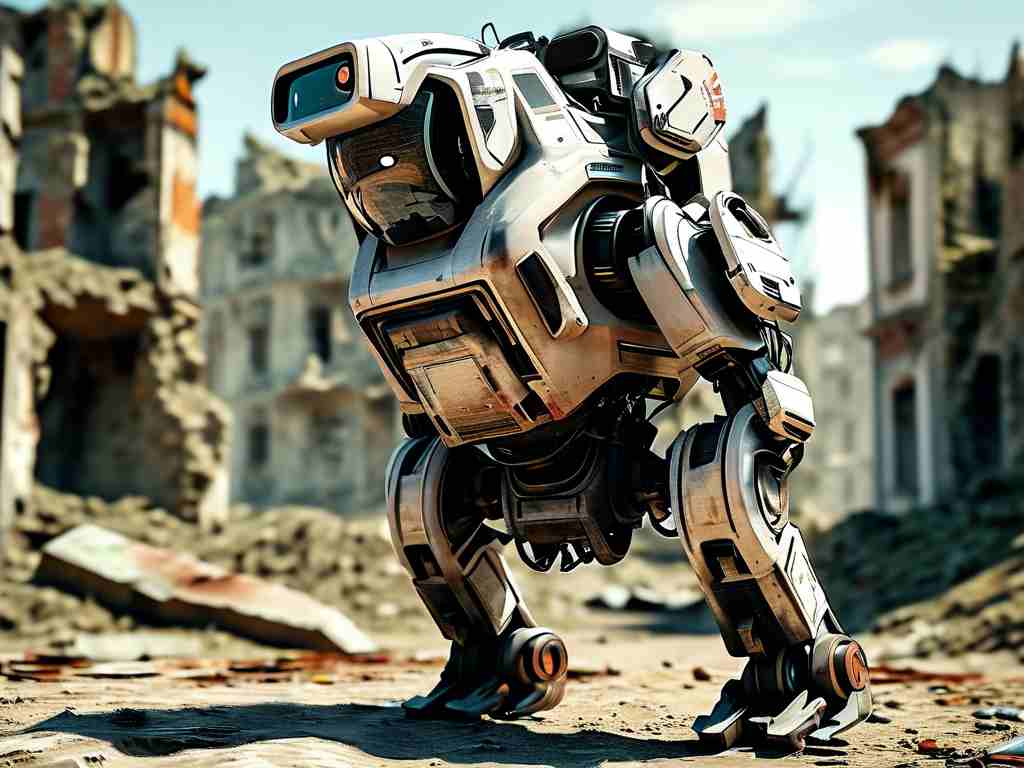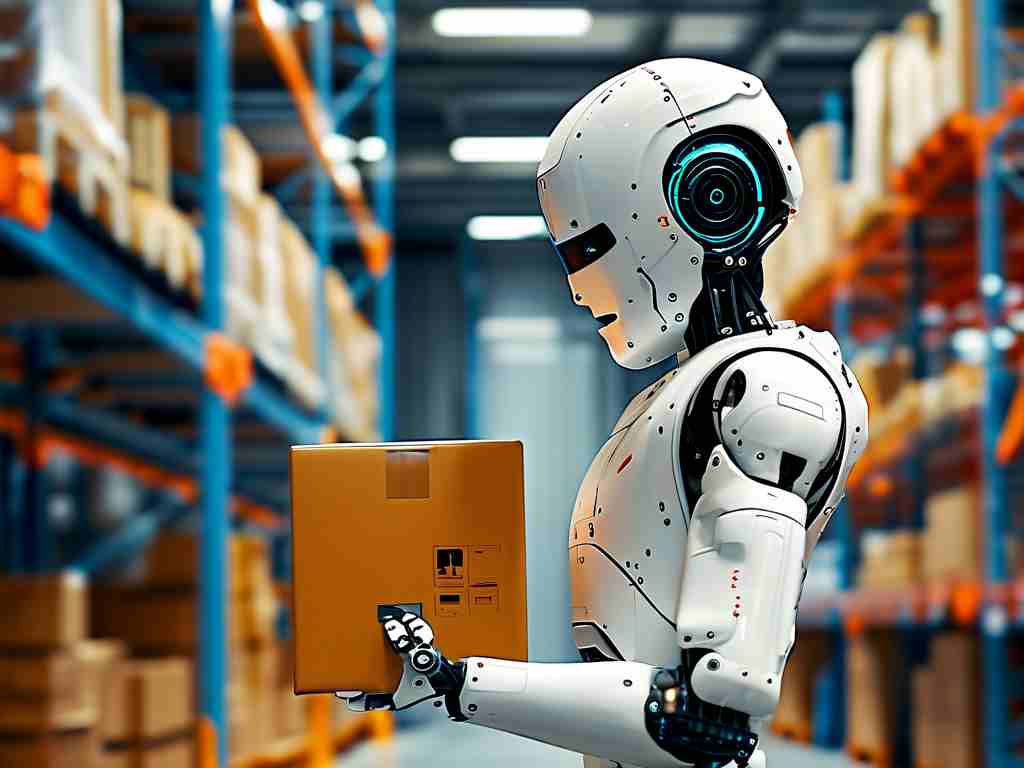The field of humanoid robotics has reached a pivotal milestone with recent advancements in joint actuator systems. For decades, engineers have struggled to replicate the fluidity and precision of human movement in mechanical counterparts. Traditional robotic joints often faced limitations in torque density, energy efficiency, and adaptive control—barriers that constrained practical applications. However, a collaborative effort between biomechanics researchers and AI specialists has yielded a groundbreaking solution that redefines mobility in humanoid robots.
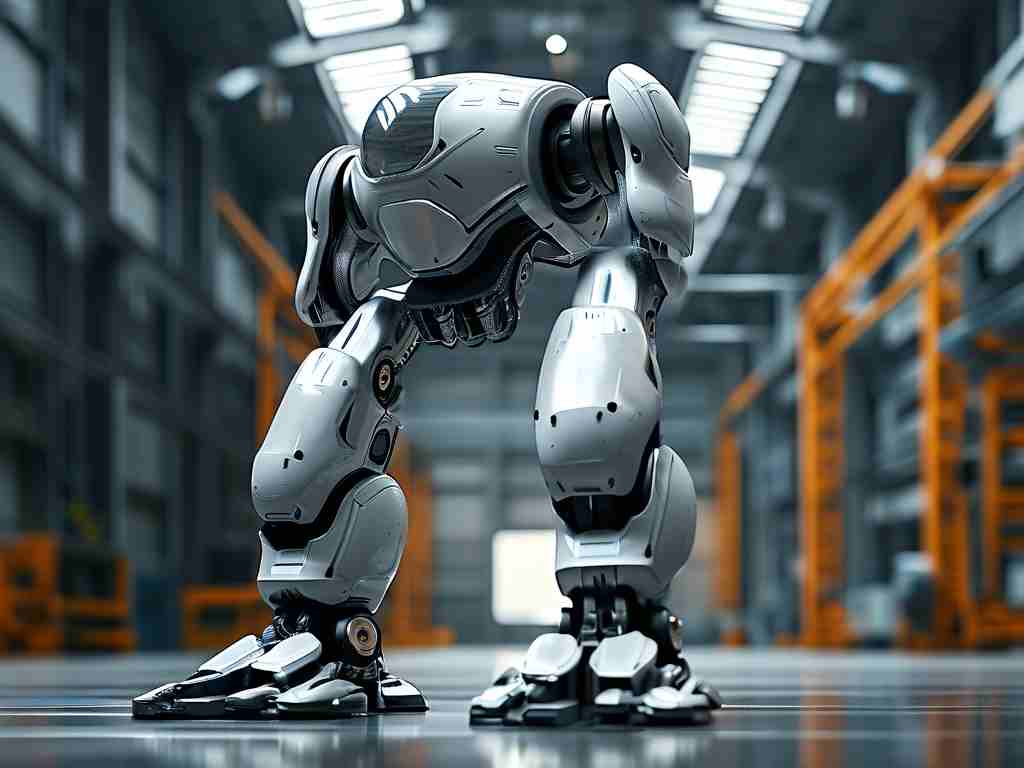
At the core of this innovation lies a biomimetic hydraulic-electric hybrid actuator. Unlike conventional systems that rely solely on electric motors or hydraulic pumps, this dual-mechanism design mimics the synergistic relationship between muscles and tendons. During high-force movements like lifting or jumping, hydraulic components activate to deliver explosive power, while electric modules handle precise tasks such as finger articulation or balance adjustments. Early tests show a 40% improvement in energy efficiency compared to industry-standard models, alongside a 22% reduction in mechanical wear during repetitive tasks.
Material science breakthroughs further enhance these joints. Researchers developed a proprietary nanocomposite material for gear construction, combining carbon fiber reinforcement with self-lubricating polymer matrices. This material withstands 150% higher torsional stress than traditional steel alloys while reducing component weight by nearly half. Such improvements address two critical challenges in humanoid robotics: durability concerns in industrial environments and the power-to-weight ratio limitations that previously restricted operational durations.
The control architecture represents another leap forward. By integrating neuromorphic computing chips directly into joint assemblies, these systems achieve sub-millisecond response times. This neural-network-driven approach enables real-time load redistribution—for instance, automatically shifting torque from a slipping foot to stabilizing limbs during uneven terrain navigation. Field trials demonstrated robots recovering balance after 35-degree platform tilts, surpassing human vestibular reflexes in reaction speed.
Practical applications are already emerging across industries. In automotive manufacturing, humanoid robots equipped with these joints now perform complex wiring harness installations that previously required human technicians. Medical rehabilitation centers are testing exoskeleton adaptations that assist stroke patients in regaining natural gait patterns. Perhaps most notably, disaster response prototypes can manipulate heavy debris while maintaining the dexterity to turn door knobs or operate power tools—a combination unattainable with earlier joint technologies.
Despite these achievements, challenges persist. Heat dissipation in compact hybrid actuators remains a concern during prolonged high-intensity operations. Researchers are experimenting with phase-change cooling systems that use paraffin-based materials to absorb and redistribute thermal energy. Early prototypes show a 30% improvement in thermal management, though commercialization timelines depend on rigorous safety certifications.
Ethical considerations also accompany this progress. As humanoid robots gain more human-like physical capabilities, debates intensify about their role in workplaces and public spaces. Regulatory bodies in the EU and Asia-Pacific regions are drafting motion-capability classifications to govern deployment scenarios, balancing innovation with societal impact.
Looking ahead, the next phase focuses on sensory integration. Teams at MIT and Osaka University are developing tactile feedback loops where joint sensors detect surface textures and adjust grip strength accordingly—a feature that could revolutionize precision tasks like microsurgery assistance. With quantum computing advancements promising even faster motion planning algorithms, the convergence of mechanics, AI, and material science suggests humanoid robotics is entering its most transformative era yet.
This joint technology breakthrough doesn’t merely improve existing systems—it reimagines the fundamental relationship between mechanical design and embodied intelligence. As these innovations transition from labs to real-world applications, they pave the way for robots that move, adapt, and interact with unprecedented biological fidelity. The implications extend beyond engineering; they challenge our very understanding of what machines can become when their physical capabilities approach the elegance of natural motion.


